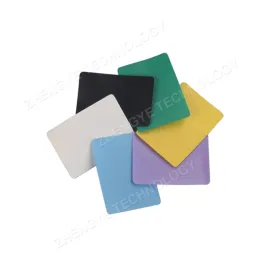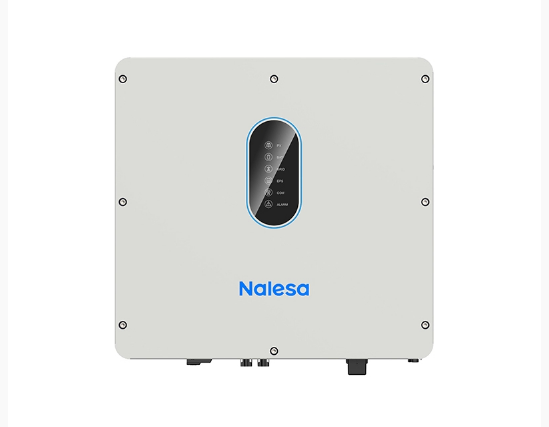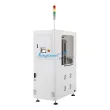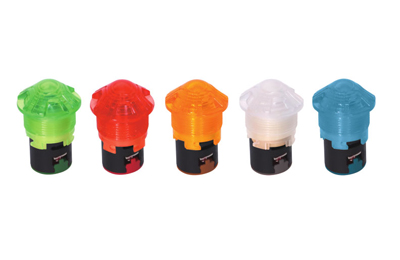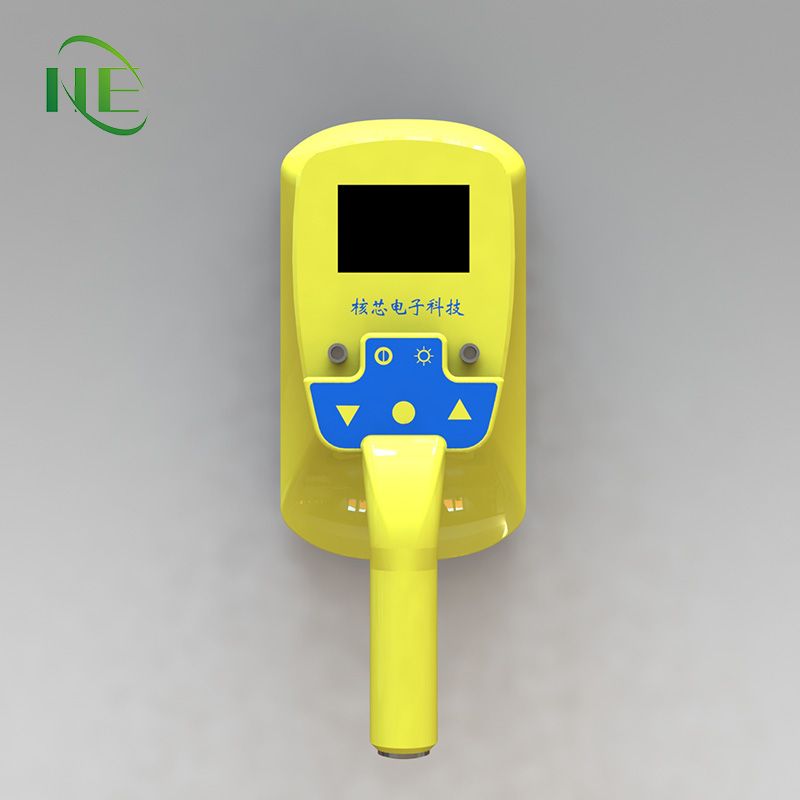What is Cat 5 cable introduction?
Cat 5
Alternatively known as an Ethernet cable or LAN cable, a Cat 5 or category 5 is a network cable that consists of four twisted pairs of copper wire terminated by an RJ-45 connector. The picture shows an example of a Cat 5 cable.
Cat 5 cable is used in home and business networks, providing data transmission speeds of up to 100 Mbps. The maximum recommended length of a Cat 5 cable is 100 meters. Exceeding this length without the aid of a bridge or other network device could cause network issues, including data packet loss and data transmission speed degradation.
Wire order in a Cat 5 cable
A Cat 5 cable contains 8 wires and has a specific wire order. If the wires are in a different order, the cable does not work. There are two standards, T568A and T568B, for the order of the wires. Each standard is similar in performance and does not provide an advantage over the other. However, you must use the same wire order on each end of the Cat 5 cable.
The tables and images below display the color and order of the wires in a Cat 5 cable, for each wiring standard.
How to remove a Cat 5 cable
- Locate the Cat 5 cable; it should be on the back or side of your laptop or PC.
- Grasp the cable connector as close to the port as you can.
- You should feel a tab on the top or bottom (it may be under a rubber cable end coating). Depress the tab and pull the cable out.
Note
When attempting to disconnect the cable always pull by the connector and not the cable (wire). Pulling on only the cable may pull the wires out of the connector.
Note
The cable should come out very easily. If it doesn't, you haven't pressed the tab down far enough.
Additional resources:What is the proper use of diagnostic tools?
What are the 3 wires in an audio cable for?
Stepper Motors Advantages and Disadvantages
Electrical connector
What are the advantages of efficient motors?
How do you fix LED screen problems?
The Quest for the Best Wireless Car Charger
Cable, Cat, Cat 1, Cat 2, Cat 3, Cat 4, Cat 6, Cat 7, Data cable, Ethernet, LAN, Network terms, Toner probe
Cat5 and Cat5e are two common classifications of Ethernet or network cabling. The Cat5e specification came into widespread use after 2001, before which Cat5 had been the latest standard.
Cat5 stands for Category 5 cable, while Cat5e stands for Category 5 Enhanced (or Enhanced Category 5). Cat5e specs offer a significant upgrade in terms of general performance and faster data transfer speeds than the earlier Cat5 versions.
However, basic Cat5 is often sufficient for those on mid-speed broadband connections, who do not need the fastest data transfer rates available.
Cat5 cable specifications dictate it should be able to handle data transfer over Ethernet networks at frequencies (also known as bandwidth, or data-carrying capacity) of up to 100 MHz. Cat5e offers superior performance and is rated for frequencies of up to 350 MHz. This is due in part to its stricter performance requirements for things like crosstalk (interference between individual wires), attenuation and return loss.
In day-to-day practical terms, most users will chiefly be interested in what internet speeds or data transfer speed each standard support.
Cat5 cable is designed to carry data over a wired network connection at speeds of 10 Mbps (Ethernet) or 100 Mbps (Fast Ethernet). You will often see this written as 10/100 Ethernet when shopping for Cat5 cable online. This means that if your local network or incoming internet connection runs at between 10-100 Mbps (also known as a 100BASE-T network), Cat5 Ethernet cable should be able to handle the required data throughput at full speed, with no loss or delay.
Cat5e cable spec dictates that it can carry data over a wired connection at speeds of either 10 Mbps, 100 Mbps, or 1000 Mbps (equal to 1 Gbps, and thus usually referred to as Gigabit Ethernet). You will often see this written as 10/100/1000 Ethernet. This means that if your local network (or incoming internet connection) runs at between 10-1000 Mbps/1 Gb (also known as a 1000BASE-T network), Cat5e Ethernet cable should be able to handle the required data throughput at full speed, with no loss or delay.
In short, for transfer speeds above 100 Mbps, or bandwidth requirements greater than 100 Mhz, you should upgrade from Cat5 to Cat5e cables or above. Note that all Cat5e cable is fully backwards compatible with any devices or ports (jacks) that support the use of a Cat5 wired Ethernet connection.
What is Cat 5 cable introduction?
A Complete Guide to Cat5 and Cat5e Cable
Additional resources:What type of connector is the ebike battery connection?
What is the purpose of a micro switch?
RF970 positioning type intrusion detection system provides a security guarantee for a prison in Hunan
Eco-Friendly Material Handling: Advantages of Lithium Forklift Batteries
The Future of IC Design: Innovations and Trends in Integrated Circuitry
From Seismic Sensors to Tsunami Warnings: How Data Saves Lives
Innovations in PTC Heater Technology for Ventilator Applications



